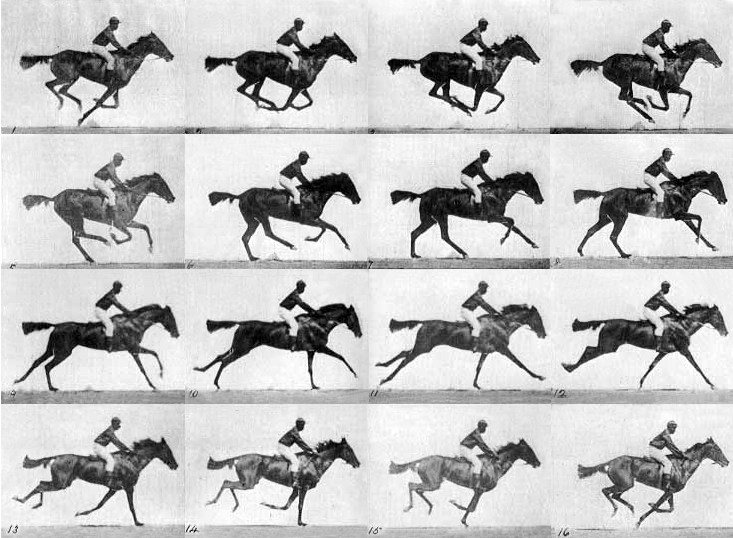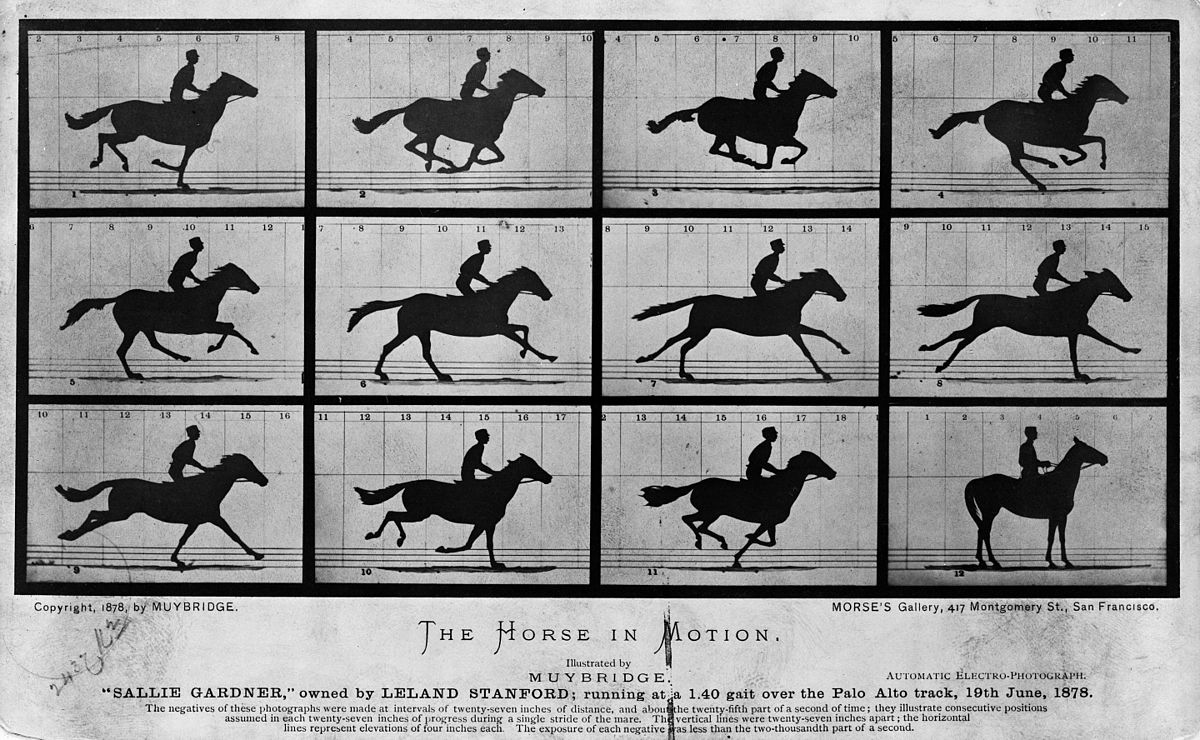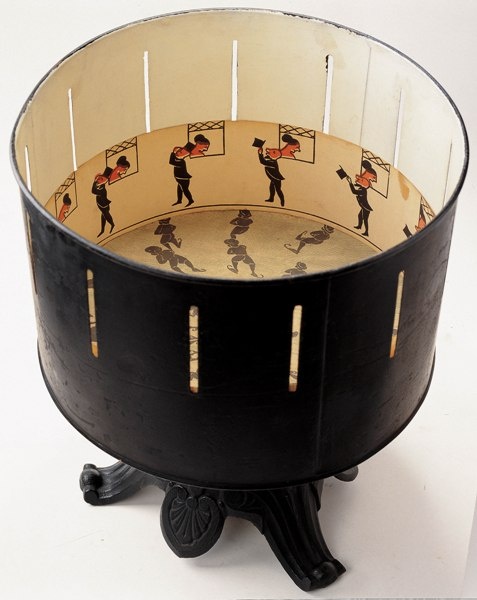MODULE 1: FRAME ANIMATION
Frame.1 INTRODUCTION
This lecture content will explore different styles of "frame" animations from roughly the past 200 years, with a few examples that date back 30,000 years or so. I will show many early animation examples as well as early film examples, as a way to understand some different animation principles, and to also understand how different types of animation and animation techniques have evolved together with the advancement of different technologies.
I will be introducing a few different sub-categories of frame animations, and also showing a range of artworks that fall within each of these categories. While these are standard ways of classifying different animation styles and techniques, there is always overlap between categories, and there are also terms that can describe slightly different things depending on which type of animation process is being used. I will try to clarify when these discrepancies come up.
The general technical principle behind frame animation is that still drawings (called frames) are shown sequentially at a fast enough interval (called a frame rate) that it produces the illusion of motion and movement from the viewer's perspective. This same principle drives all other types of animation, not to mention film and video, but for this module, we will talk about it mostly in terms of manually DRAWN frames, such as cel animation, as opposed to stop-motion animation which typically uses photos as frames, or tween animation which automatically creates some frames through the use of keyframes. We will discuss each of these in depth in the next 2 modules.
Frame.2 Early Motion Capture
I, personally, have always defined motion capture as any technique used to somehow visually record motion occurring in real life. This is also the "industry standard" term used to identify the specific technology that involves digitally tracking and recording a subjects movements, usually with the aid of suits with sensors attached to multiple vertexes. In my opinion, this technique is only one method of many available to capture and record motion - but I thought I should mention that when I am talking about “Motion Capture” in this lecture and the video tutorials this week, I am not referencing this specific technology only.
The other reason why I continue to use the term motion capture instead of just saying "film" or "video", is because I believe that those terms also imply that the motion was recorded is easily (re)“played” for a viewer or audience. For example, an Instagram video plays back on the same device and the same app used to record it. In the 1990’s, the stop-motion ninja turtle videos I made on my dad’s Sony Mini-Camcorder would play back right on the little LCD screen, at least for 8 minutes until the battery died and had to be recharged overnight, and this device could also be used to easy play videos through TV's with an RCA cable. And, even in the 1970’s and 1980’s, when people were creating works with smaller film cameras, they could watch what they recorded on projectors as soon as the film was developed. This, however, is not always the case with all motion capture technologies, even contemporary ones, and certainly not ones that were first being developed in the 1880’s
For the early pioneers and artists working with motion capture technology, the cameras developed faster than the playback devices. People were creating cameras and camera setups that could record motion, but they couldn’t easily re-create that motion or play back that motion for an audience. So, while still images were able to convey each frame of a horse’s movement in 1878, the technology to project that video wasn’t developed until more than 10 years later, and it wasn’t until 1896, almost 20 years later, that film and projection first started being considered more paired processes, technologies and artistic mediums. This advancement in technology was also very connected to early animation processes, and the two mediums continued to influence eachother throughout the early 20th Century.
Frame.3 Enter Animation
These 20 years, between the 1870’s and late 1890’s, is also when modern animation started to first develop, often hand-in-hand with film (and photographic projection). In 1878, photographer and early film pioneer Eadweard (no, this is not a typo) Muybridge developed a trigger system to photograph a horse galloping, in order to better visualize and understand the way a horse actually moved. Up until that point, people thought that horses moved with their front and hind legs outstretched - the way that rocking horses are usually positioned. The images of the horse in-motion that Muybridge captured - with all 4 legs in the air at once AND with them folded under the its body - was so shocking that people thought it was fake. So, he had to do it multiple times, and still people didn’t believe what they were seeing.
On a side note, I think this anecdote is also a pretty powerful statement to how much the technologies that produce modern images impact us at multiple, even subconscious levels, and partially construct how we understand the world around us. I can’t imagine how it could ever be shocking or unbelievable to see a still image of a horse mid-gallop, however, this isn't because I have extensive, real-life experience with horses. My entire basis for how I understand and perceive the way a horse moves is informed by photographic images, video and slow-motion technologies. In other words, the way I “know” a thing in real life is more through images of that thing, and less through actual experience.
For Muybridge, animation technologies began to intersect with his projects and pursuits in a few interesting ways. First, when Muybridge was trying to develop a technique to “play back” his photographs of the horse in motion, he adopted Phenakistoscope technology. Phenakistoscopes were devices that "animated" discs with sequential drawings by spinning them at a specific speed and isolating the individual frames by spinning a disc with slits at a corresponding interval. These devices could only be used by a single viewer at a time, and Muybridge adopted the technology by shining a strobe light set at a specific interval through images painted on glass, which would project the animations onto a screen, viewable by a larger audience. The process of embedding photos into the glass, however, distorted them so much that an artist had to re-draw them directly onto the glass or would simply trace with the glass placed directly over the photographs (the first use of the rotoscoping process).
130-ish years later, you are working with the digital equivalent of Muybridge's horse animation for Project 1. You'll be rotoscoping photographic images taken in succession, then creating an animation from these drawn graphics. Muybridge dubbed this technology the Zoopraxiscope, and it was the prototype for the film projectors used by Thomas Edison and the Lumiere brothers to publicly exhibit the first “motion pictures” in 1896. So, from one perspective, the first projected films were made possible by animation technology as well as animation techniques.
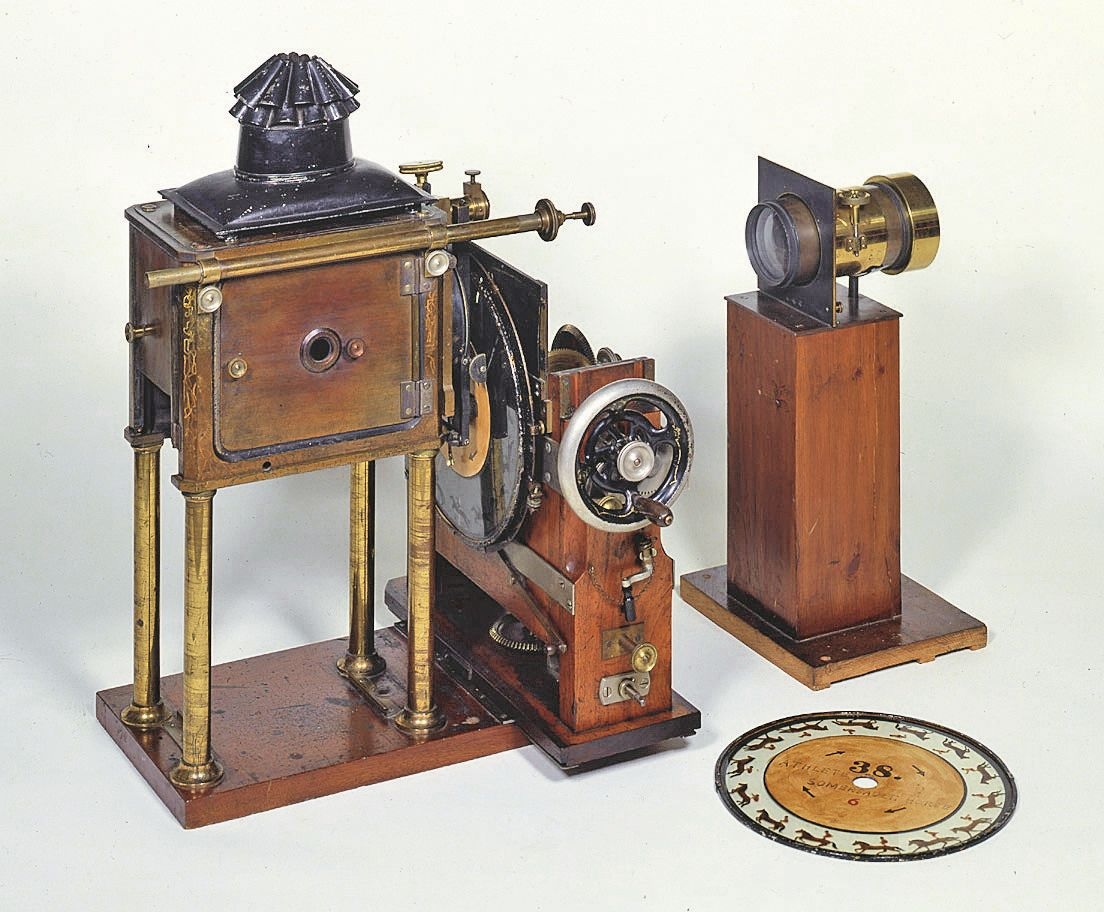
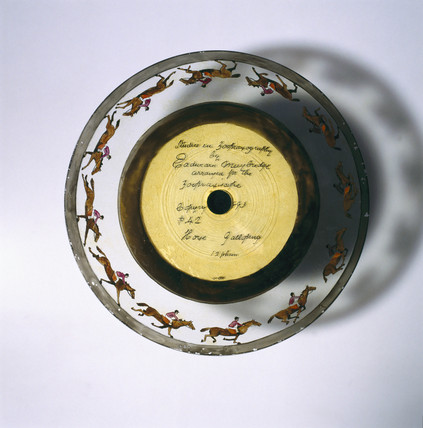
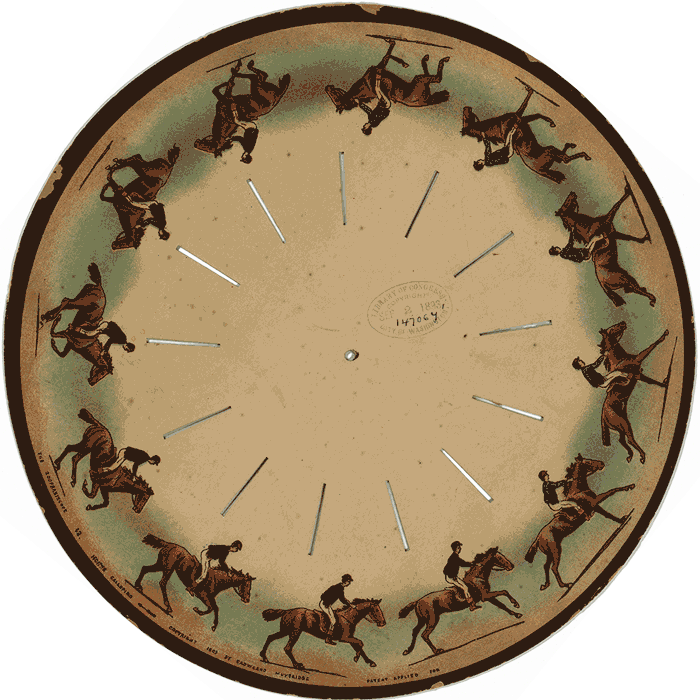
Below are some original Phenakistoscope discs, as well as some contemporary ones, that have been adapted to work with turntables and strobe lights or have been digitally animated without needing to work with a physical isolation method. In their 1900s original form, viewers could never see these discs animated as a whole circular composition, but I believe they are incredible animation artworks, even though they were completely unintentional. Consider how in this situation, the advent of digital technologies allows us to "remix" older artworks and look at them from new perspectives.
Frame.4 Innovation, Invention and Animation
At the same time that Muybridge was developing techniques to photograph horses in motion, Etienne Jules Marey was also busy developing different photographic technology to capture movement that had a lasting impact on film and also animation. Marey identified as a photographer and a scientist, I’m not sure if he ever considered himself an artist, but his contributions to the art worldMary invented a “Photographic Rifle” that he used to film birds in flight at 12 frames per second all the way back in 1882. This camera exposed images onto a disc of film similar in design to the Phenakistoscope.
In order to exhibit these images and the motion they captured, instead of trying to create a “moving” image, Marry applied a photographic print process that exposed and over-layed all of the images onto a single print. While these images were “still”, they demonstrated a dynamic sense of motion and energy - I would argue that these images convey more movement than even some videos today. They were also closer in format to the modern filmstrip run through a camera and then a projector than Muybridge’s glass discs.
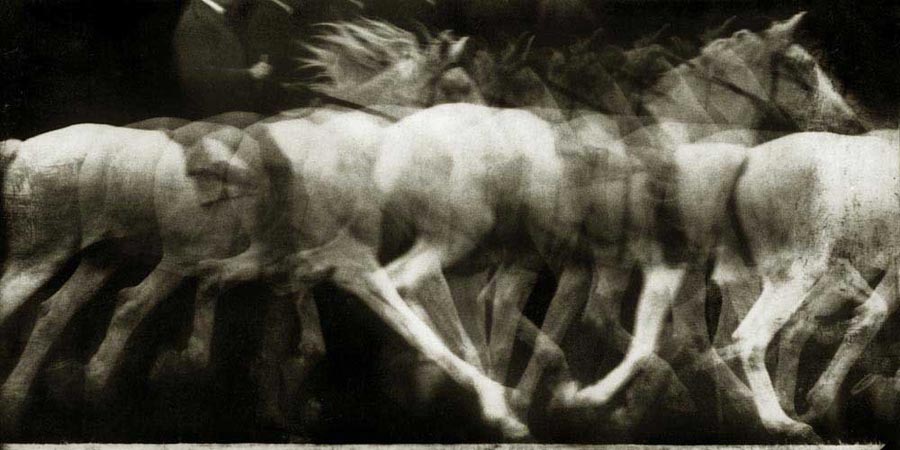
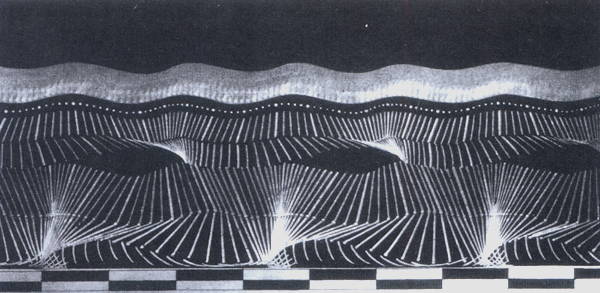
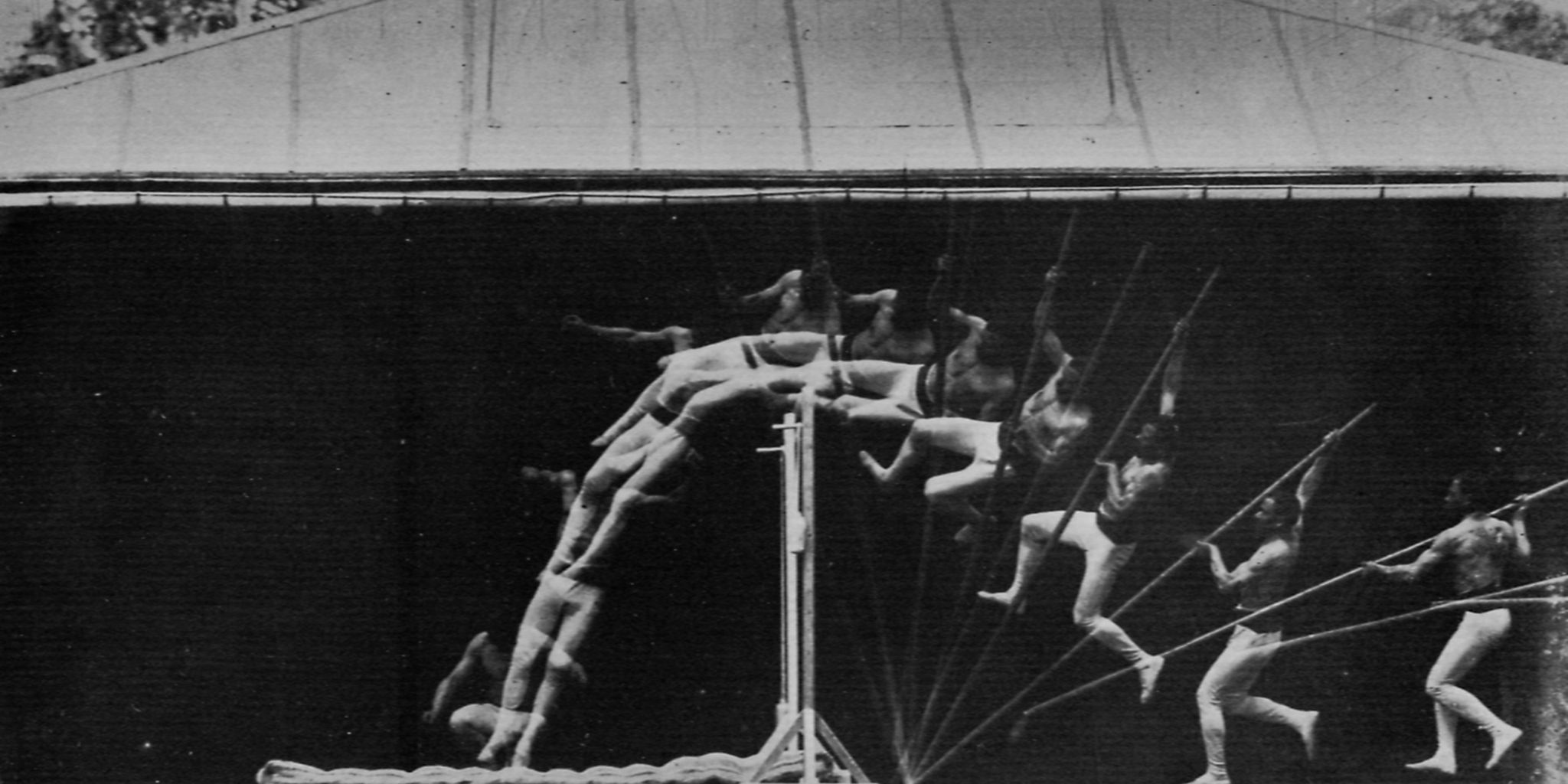
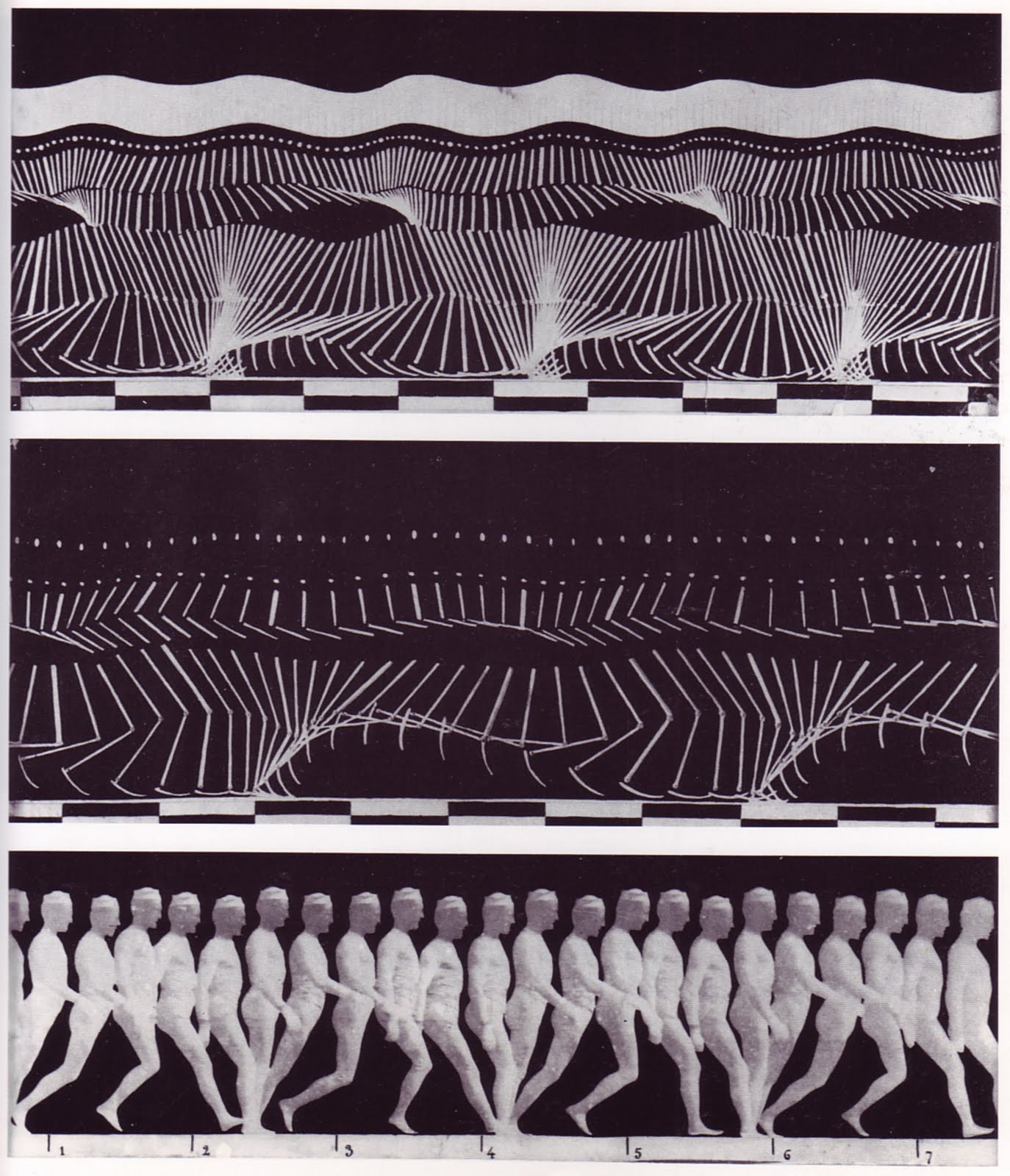
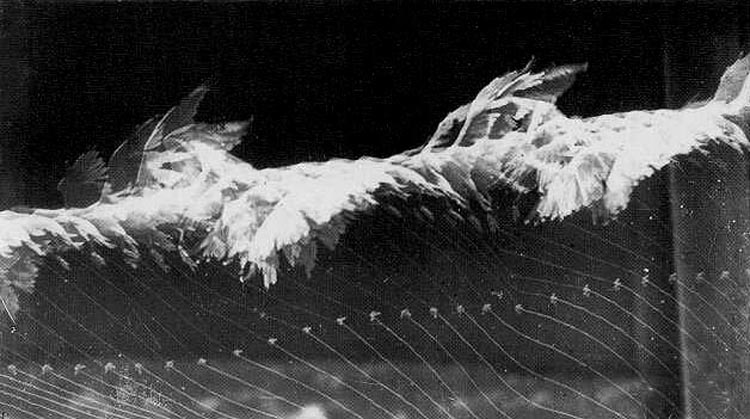
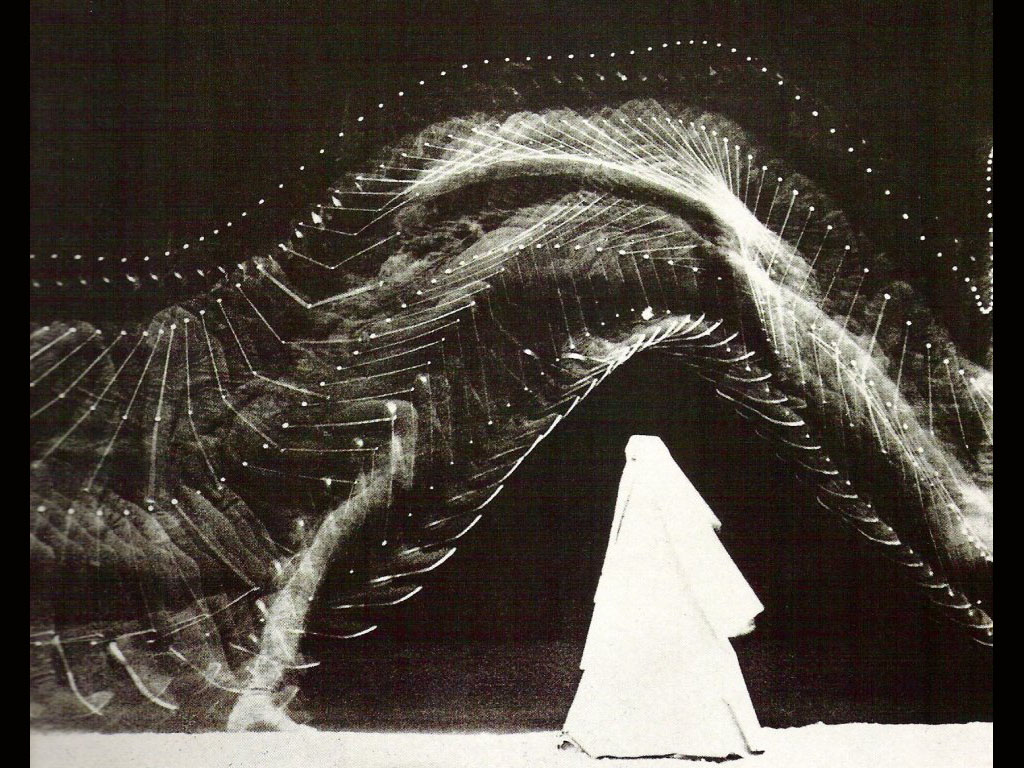
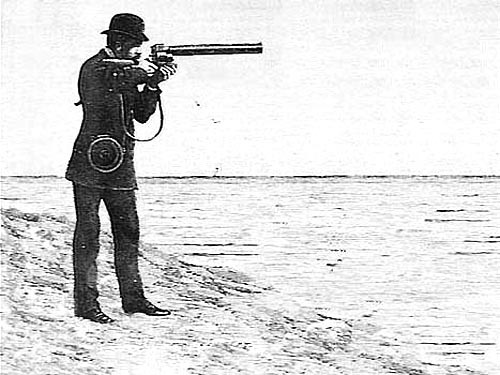
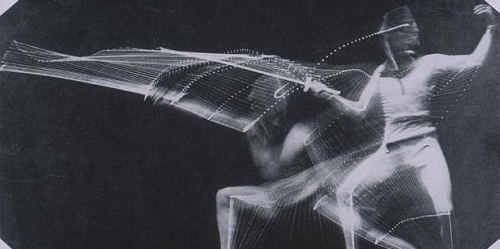
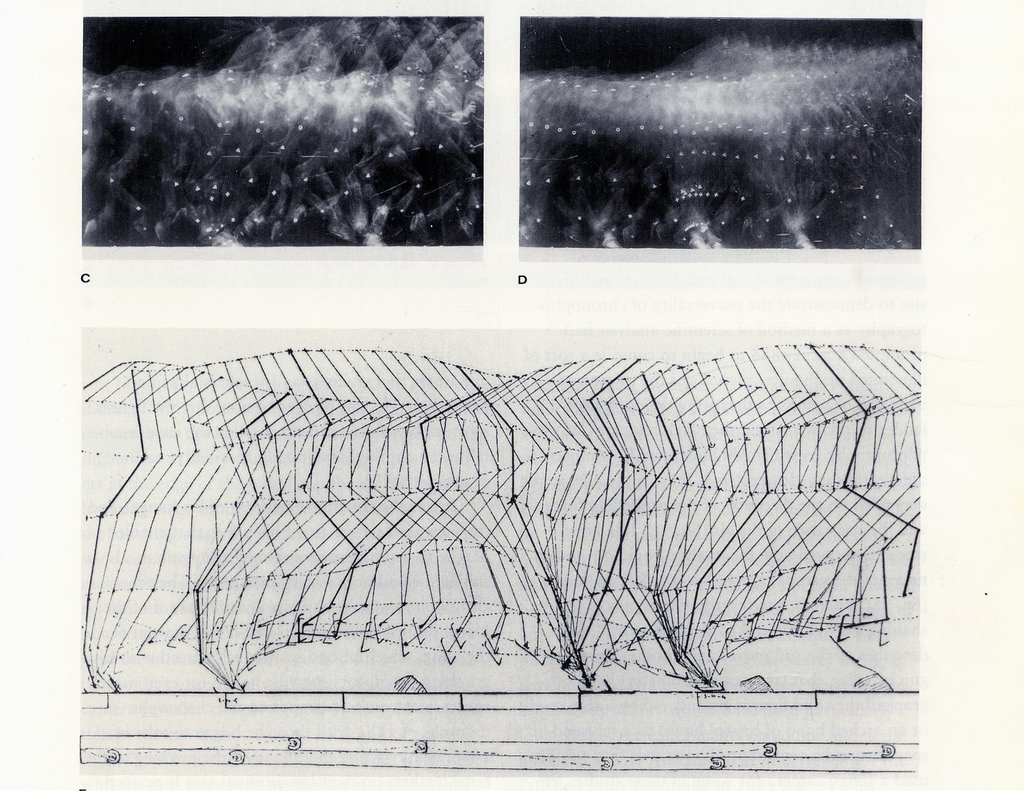
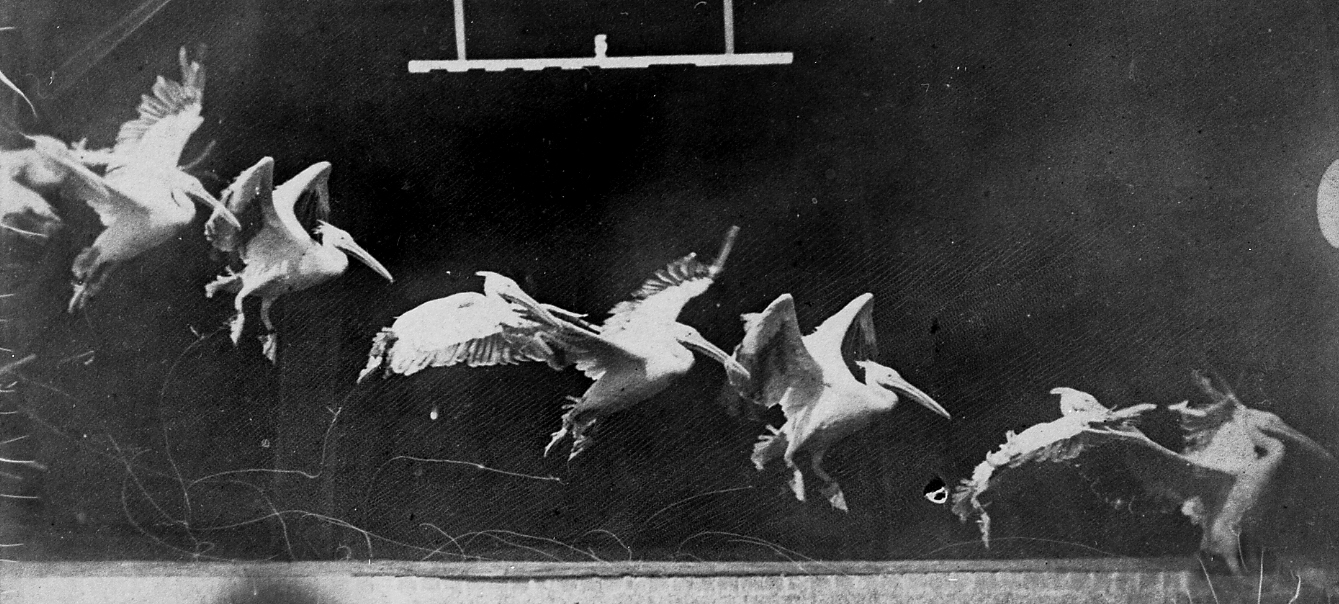
Beyond these technical advancements, Marey’s direction and conceptual approaches to motion capture and exploring movement also had lasting connections to and intersections with animation (even if they weren’t all fully realized or recognized until now). The way he set up and photographed many of his subjects - in all black with white stripes against dark backgrounds - produced abstract, geometric, graphic photographs and prints that resemble something painted, drawn and/or constructed. His explorations with movement are similar to the motion studies and character development that animators employ today - for example, the observation methods Pixar animators utilized in order to animate the characters in the short film Piper. These setups also somewhat resemble - at the very least in concept - the motion-capture process employed today, and many of his visuals are similar to the wireframe visualizations that are often the intermediate outputs between capture and final animation.
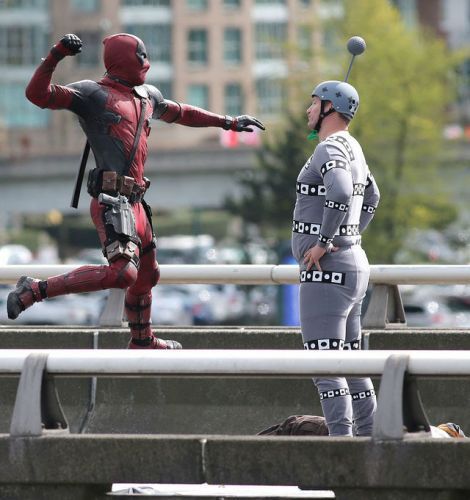

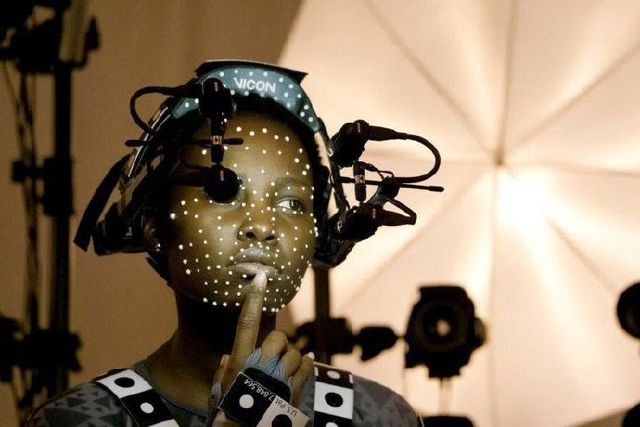
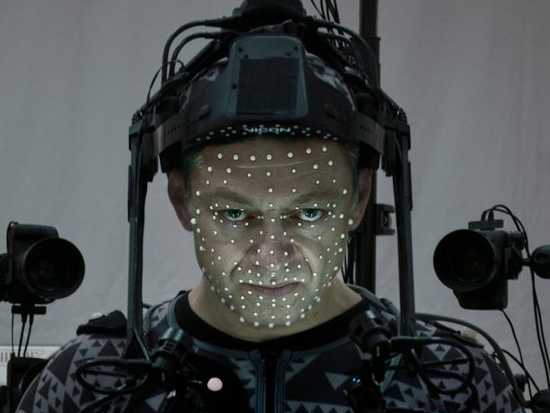
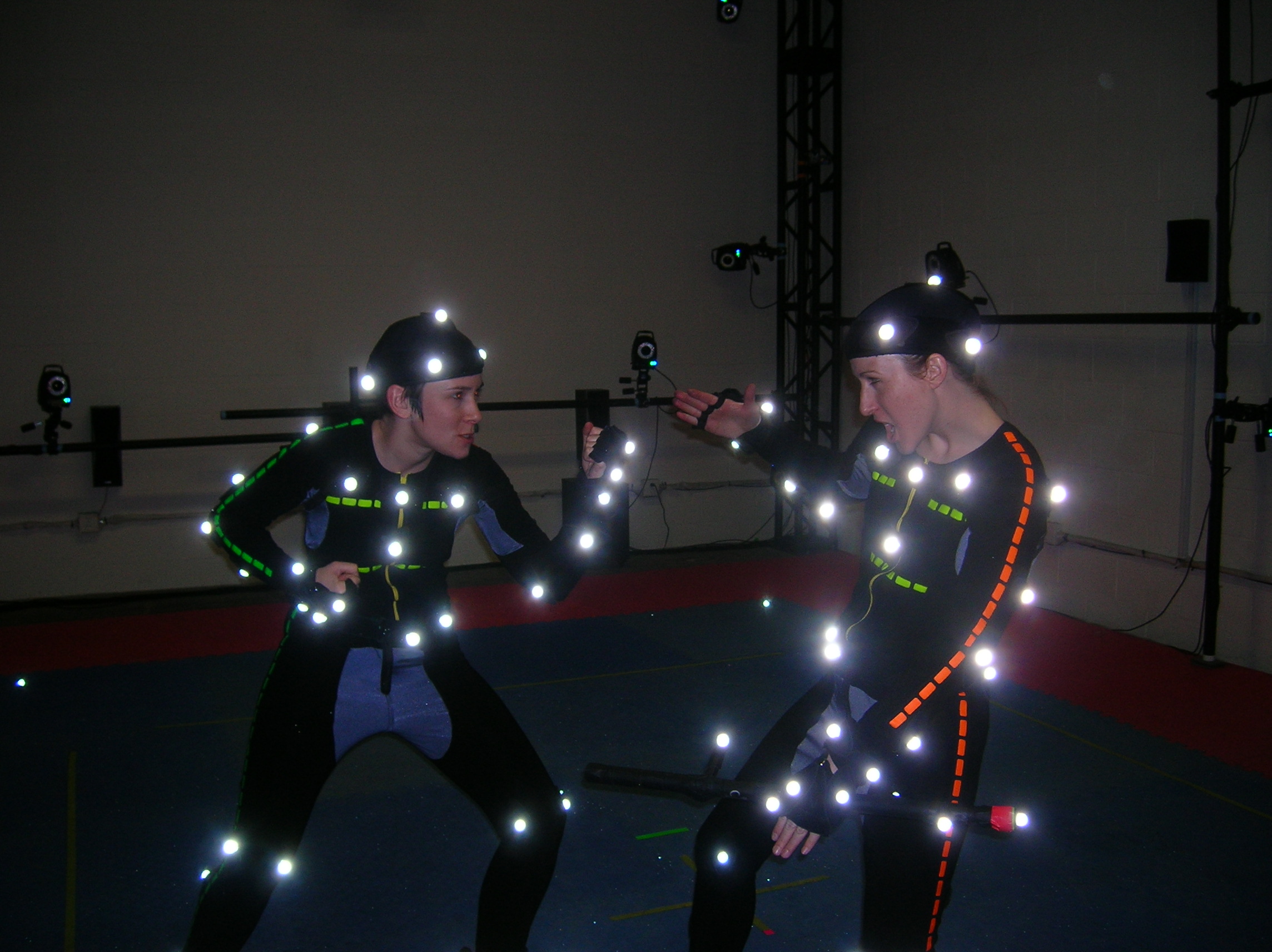

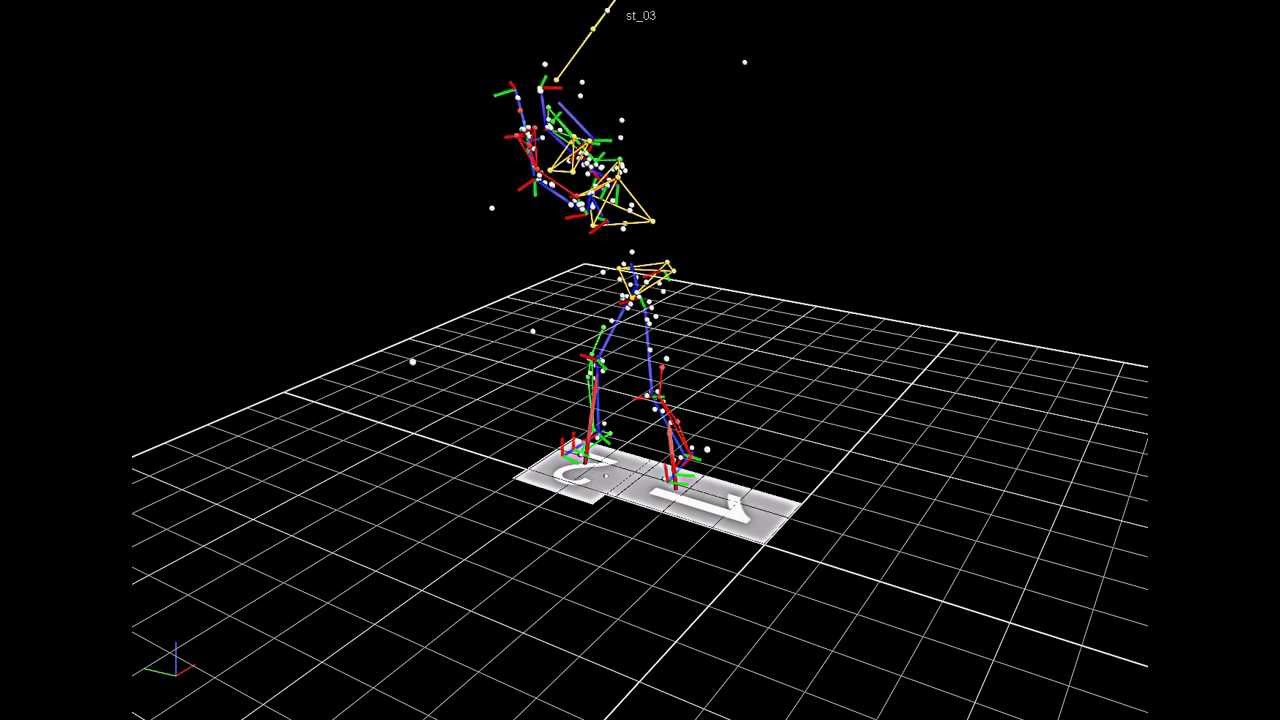
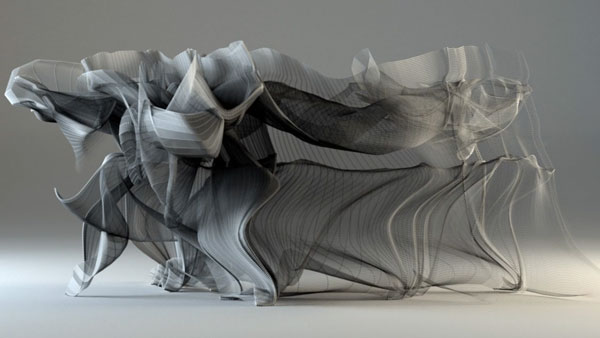
Marey also worked with Zoetrope technology - an early physical animation device that inspired the Phenakistoscope. Zoetropes would work with horizontal strips of sequenced images affixed to the inside of a drum with slits cut into it. When these drums were spun around a stick, the viewer would be able to see the animation through the slits, as they would be rotating at the same speed as the drawings.
While Marey did not invent this device and process, he innovated it and pushed its capabilities by creating a zoetrope drum that “animated” physical, three dimensional objects - in his case, plaster birds. With this innovation, Marey, in the 1880’s, developed a conceptual prototype for 3D animation. Presently, many 3D animation studios and animation artists are beginning to explore this technology further, pushing what is possible by using 3D printers and sometimes incorporating projection and light vector lasers. I believe this revival and new exploration of a century old device is another example of how technology in art-making is less of a straight line of progress and advancement, and more of a cyclic progression, where different processes and techniques will circle back again and again, and each time they do they are pushed and developed a but further.
Contemporary, large scale zoetropes like the ones below utilize things like public spaces and transportation systems and/or street lighting in order to power the animated effect. For these animations to come to life, viewers must be moving in cars or trains at a speed fast enough to "move through" the images. Some of these animations are created by artists independent of any permit, however, many of them are commercial in nature (probably somewhat due to the sheer number of moving parts and the access and permissions required to install them).
FRAME.5 Frame Animation / “Cel” Animation EXAMPLES
Frame animation is the type of animation used to animate classic films and cartoons from the 1900s on, including Disney animated films. These animations are composed of thousands of still frames of drawings or paintings, each one a fraction of the movement and motion they convey. Traditionally, each frame was painted or drawn on a sheet of transparent celluloid - which is where the “cel” term comes from - so that different elements could be layered on top of one another without having to redraw static layers, like a character moving on top of a still background. Each of these final frames - which might have contained multiple layers - were then composed, and photographed in order to transfer to film.
This process has obviously changed using digital tools, but the principle remains the same. Most animated gifs are frame animations, like the ones used in this interesting collaboration project. Project 1, for example, is a frame animation that also employs roto-scoping. Many contemporary animators use the frame animation process, both in analog and digital (or a combination of both) forms. Frame animation typically runs “2 up” at 24 frames per second (FPS), meaning that there are 2 identical frames running in succession for normal speed movements and actions, and then higher speed movements will be animated 1 frame at a time. This technique allows different characters or objects to easily move at different speeds within the animation - so things like jet packs and roadrunners can appear to go faster than anything else in the frame.
Below a series of frame animation GIFs made by artist Matthais Brown
Looping GIFS by artist and designer Penelope Gazin
Frame Animation and story
As we will continue to explore throughout the quarter, animation can be used as a powerful and effective story telling medium. This can be true even in the cases of short GIFs. Below are works by two artists, who both use short frame animations to communicate different types of narratives. With both of these examples, think about how technical aspects of animation such as motion and transformation can help convey ideas and information in ways that are not possible with a single still image.
Eran Mendel - GIFS summarizing Season 6 Epsiodes of Game of Thrones
Nikkolas Smith - Take a Knee GIF
FRAME ANIMATION + MOTION
The animations below are all slightly longer frame-type animations that are compiled with digital animation software. The images themselves are a mix of hand-drawn, digitally drawn, and digitally colored or effected illustrations. There are hundreds of thousands of examples of frame animation out there to show for this course, so, its impossible to summarize an entire format/technique down to a few short clips. The animations below are chosen because they diverge a bit in terms of style from mainstream animations made for film and TV, and also all explore the idea of transformation. Transformation and changes over time is a key theme in animation, both in form and narrative, and we will continue to discuss this theme throughout the course.
Frame.6 Back to the Very Beginning
To conclude this module, I want to take everyone back more than 30,000 years ago, the time period (give or take 2000 - 3000 years) that some of the oldest known drawings were created. These drawings are located in a cave in France, and were the subject of the 2010 film Cave of Forgotten Dreams.


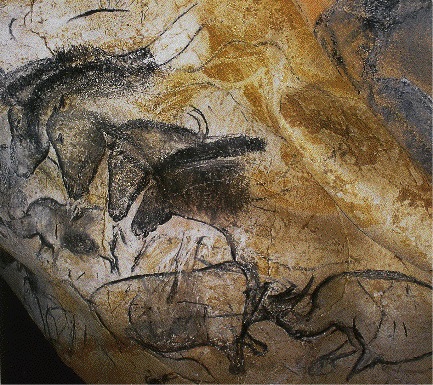
Werner Herzog, the film's director, presents and explores these drawings from many different perspectives. One hypothesis is that these are "proto-cinematic" or "proto-animatic" images, and that the firelight that was originally used to illuminate these drawings - many of which resemble an image sequence - created a strobe that produced an illusion of motion or movement. While I imagine there is not a way to ever "prove" this, I think the drawings themselves capture and convey movement even as completely still images, and find it amazing to compare these images to the chromophotography and modern sequence images developed thousands of years later.










